 Back in January 2020, Juliette and Roger Cosh of Athens, Tennessee, were just starting to build an RV-14A in their garage, never once dreaming of how many places it would take them or how it would influence their worldview. Remarkably, they had already logged 372 hours in it and landed in all but three states of the Lower 48—just 21 months after N8181J received its airworthiness certificate.
Back in January 2020, Juliette and Roger Cosh of Athens, Tennessee, were just starting to build an RV-14A in their garage, never once dreaming of how many places it would take them or how it would influence their worldview. Remarkably, they had already logged 372 hours in it and landed in all but three states of the Lower 48—just 21 months after N8181J received its airworthiness certificate.
Prior to flying N8181J, Juliette went through transition training in another RV-14A. She carried her enthusiasm from that training right into flying the requisite 40 hours in her own airplane. She well remembers the date of her first flight, 12-3-21, because as a former math teacher, she recognizes its symmetry as a palindrome.
As soon as she’d flown off the 40 hours, it was time for Roger to climb in the right seat and get a taste of RV-14A performance. That was his first flight in an RV-14A, and he was favorably impressed. “It’s easily far and away the nicest plane that we’ve traveled in,” said Roger, “I much prefer it to the Glasair GlaStar we built and owned for 11 years, which was much more ‘flighty’ in turbulence.”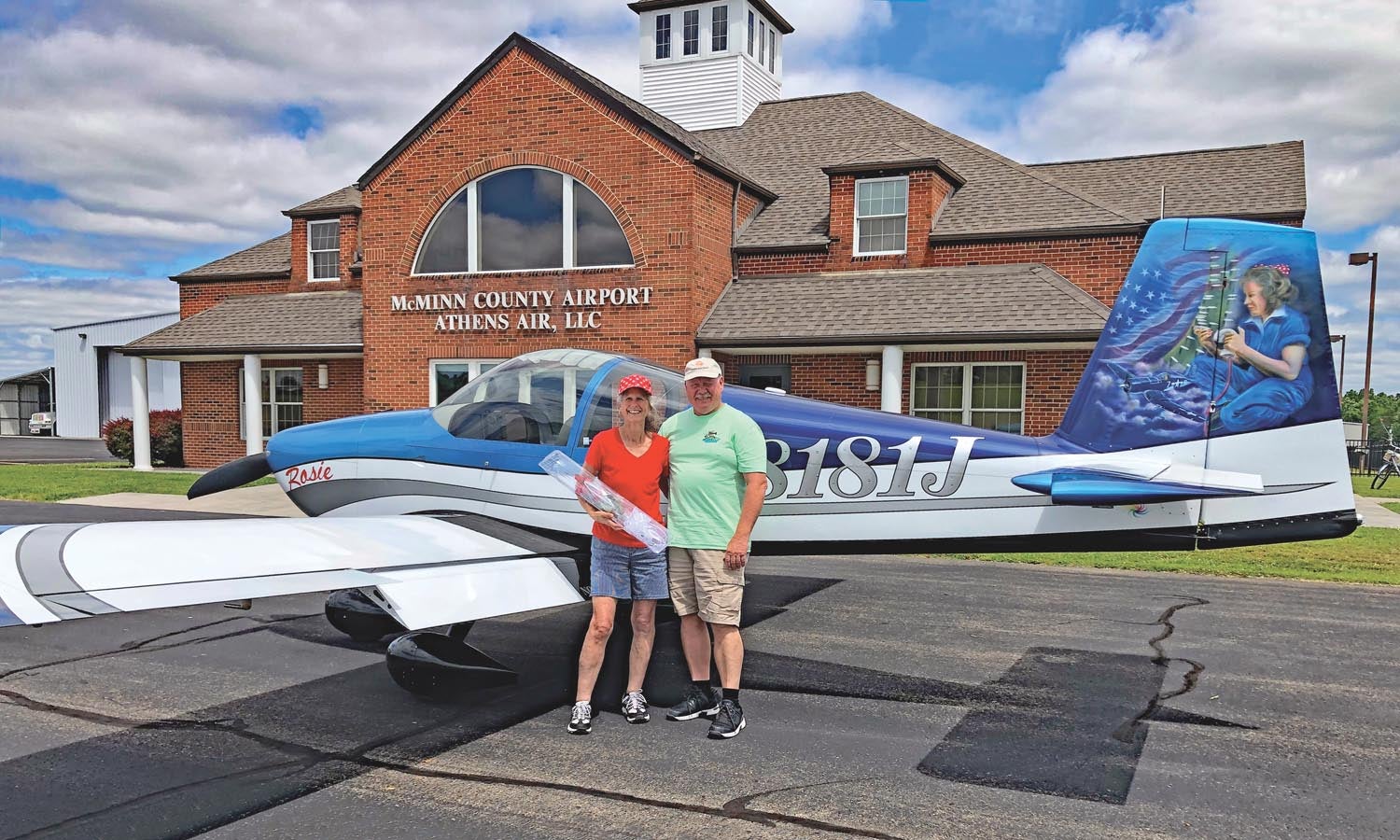
Rosie
As their RV-14A build evolved, the airplane had anthropomorphically taken on a life of its own. Rosie is the fruition of inspiration born in the wee hours of the morning, when Juliette’s mind was contemplating not only the nuts, bolts and rivets of the project, but the global perspective of the build as well. Though she’d squeezed many rivets herself, she felt she’d done little compared to the “Rosie the Riveters” during WW-II. And so it was that N8181J morphed from just another RV-14A into Rosie, replete with painter John Stahr’s resplendent artwork depicting the women workers and aircraft of WW-II.
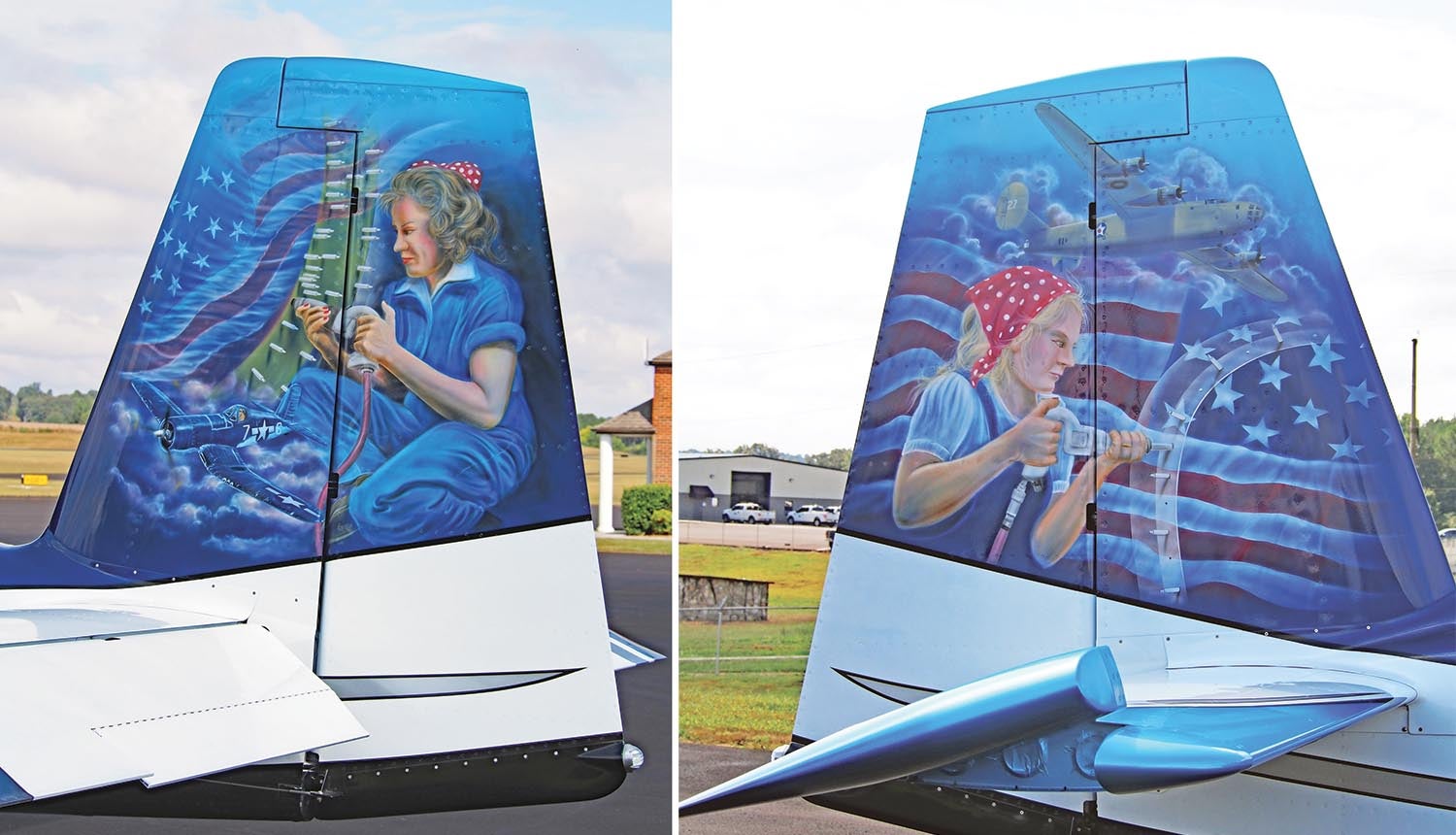
The Lower 48
Juliette and Roger not only enjoyed their focused hands-on building experience, but are delighted to fulfill the design purpose of the RV-14A. Rosie is a “go-places” airplane, and boy, do they go!
Though Juliette is perfectly happy with getting her aviation fix by flying locally or even just around the patch at her home base (McMinn County Airport, KMMI), she loves winging her way across the country, quite literally “from sea to shining sea.” After all, there’s no better time than the present to go places—they’re empty-nesters, have the know-how, good health, time and resources. Juliette is an instrument-rated private pilot and Roger isn’t a pilot, but he loves to travel and has assumed the role of flight planner. He tends to focus on routes to take and places to refuel, while Juliette evaluates nearby restaurants, airport facilities and hotel proximity. (Roger teases her that food is one of her priorities, as revealed by her N-number “ate one, ate one, Juliette.”) And though it’s not a driving force, when they start thinking about a cross-country adventure, they always have in mind completing their goal of landing in each of the Lower 48 states.
“I usually file 155 knots and the 210-hp Lycoming IO-390 burns between 8 and 9 gph. Rosie carries 25 gallons in each wing tank, which is great for cross-countries,” smiled Juliette, “and I have flown her in actual instrument conditions. I use a Garmin G3X with a G5 backup, a GTN 650 navigator, a GMC 507 autopilot control module and a Garmin audio panel. We also use ForeFlight on an iPad with a Stratus for weather and ADS-B in/out. When we do longer trips, I’ll use flight following, so if I need instruments, it’s an easy transition.”

Food, Fun and Family Flights
Rosie had only 55 hours in February 2022 when Juliette and Roger embarked on their first out-of-state cross-countries. “Our flights usually include a meal, so we’ll fly somewhere for lunch. Tennessee is the friendliest state; it has eight neighboring states—more than any other,” said Roger. “So one day, we did ‘L-MAG,’ as Juliette called it. That was Louisiana, Mississippi, Alabama and Georgia—and we hit Arkansas for lunch. That was all in one day; we can easily fly out-and-back day trips in the 14A.”
They also fly with a group of EAA Chapter 17 pilots who pick a destination for the day, such as Lambert’s Cafe (“Home of Throwed Rolls”) in Missouri. “We find things we want to do, like going to a restaurant or museum, and that will drive the journey of which states we land in,” said Juliette. “For example, we went to the National Corvette Museum in Bowling Green, Kentucky.”
Then there are the flights to visit family and friends. For instance, they flew to New York for their granddaughter’s high school graduation. “We were there for a week in June 2022, and my nephew’s 11-year-old daughter, Mallory, wanted to go flying with me. So she and I flew to Rutland, Vermont, and I told her she’ll always know that Vermont is filled in on our Lower 48 map because of the flight we did together.”
Juliette and Roger also made an out-and-return flight while in New York and landed in New Hampshire, Maine, Massachusetts, Rhode Island and Connecticut. “We just wanted to see the whole coastline of Maine; it’s so pretty from the air. It’s distinctly different from the sandy Jersey coastline. The ocean along the Maine coast has a blue-green color, and there’s a ribbon of white where the water is crashing against the rocks. And of course the lighthouses are neat to see as well. We landed in Laconia, New Hampshire, that day because Roger used to race motorcycles there. So there’s a little rhyme and reason as to why we land in certain places.”
In July, they flew to EAA AirVenture, where Rosie was awarded a “Kit Outstanding Workmanship plaque.” The next month, they flew to Michigan to visit friends and spent some time exploring Mackinac Island. “There’s an airport on the island, but no cars—you get around by horse-drawn carriages, bicycles or walking,” said Roger. “It’s a historic place and we enjoyed the Great Lakes Maritime Heritage Center in nearby Alpena, Michigan. It’s interesting to learn about and experience totally different cultures within the United States.”
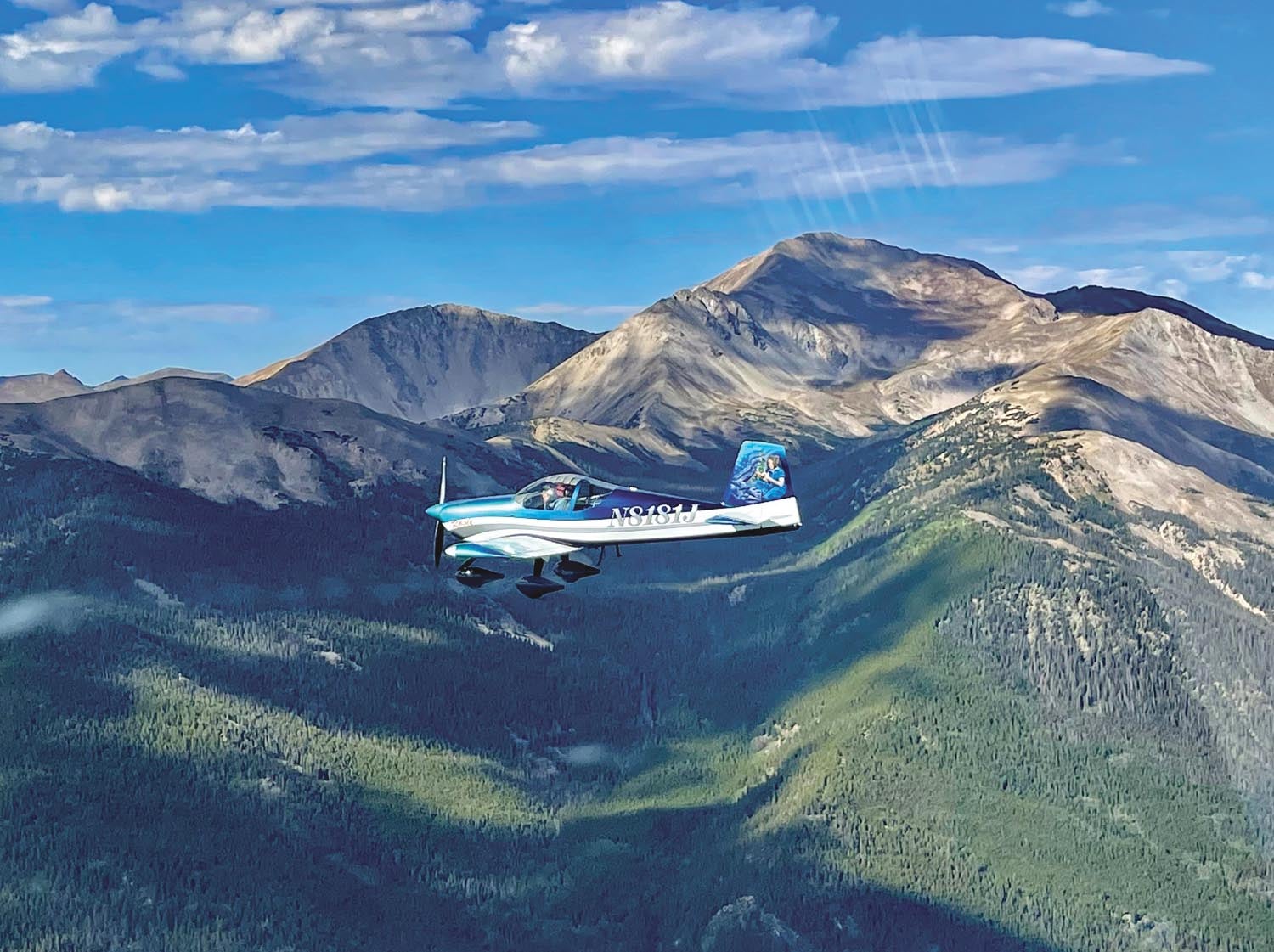
Mountain Majesties
When a local flying-club friend, Marvin McGraw, said he was going to fly his RV-14 to Leadville, Colorado, the highest public airport in the country, the Coshes said, “We’re in!”
The two RVs, accompanied by another friend in a Bonanza, headed west at the end of August 2022 and camped overnight at Astronaut Kent Rominger Airport (KRCV) in Del Norte, Colorado, where there is a Recreational Aviation Foundation pilot shelter. They were airborne by 7 a.m. the next day, and Juliette immediately noticed a big difference in Rosie’s performance.
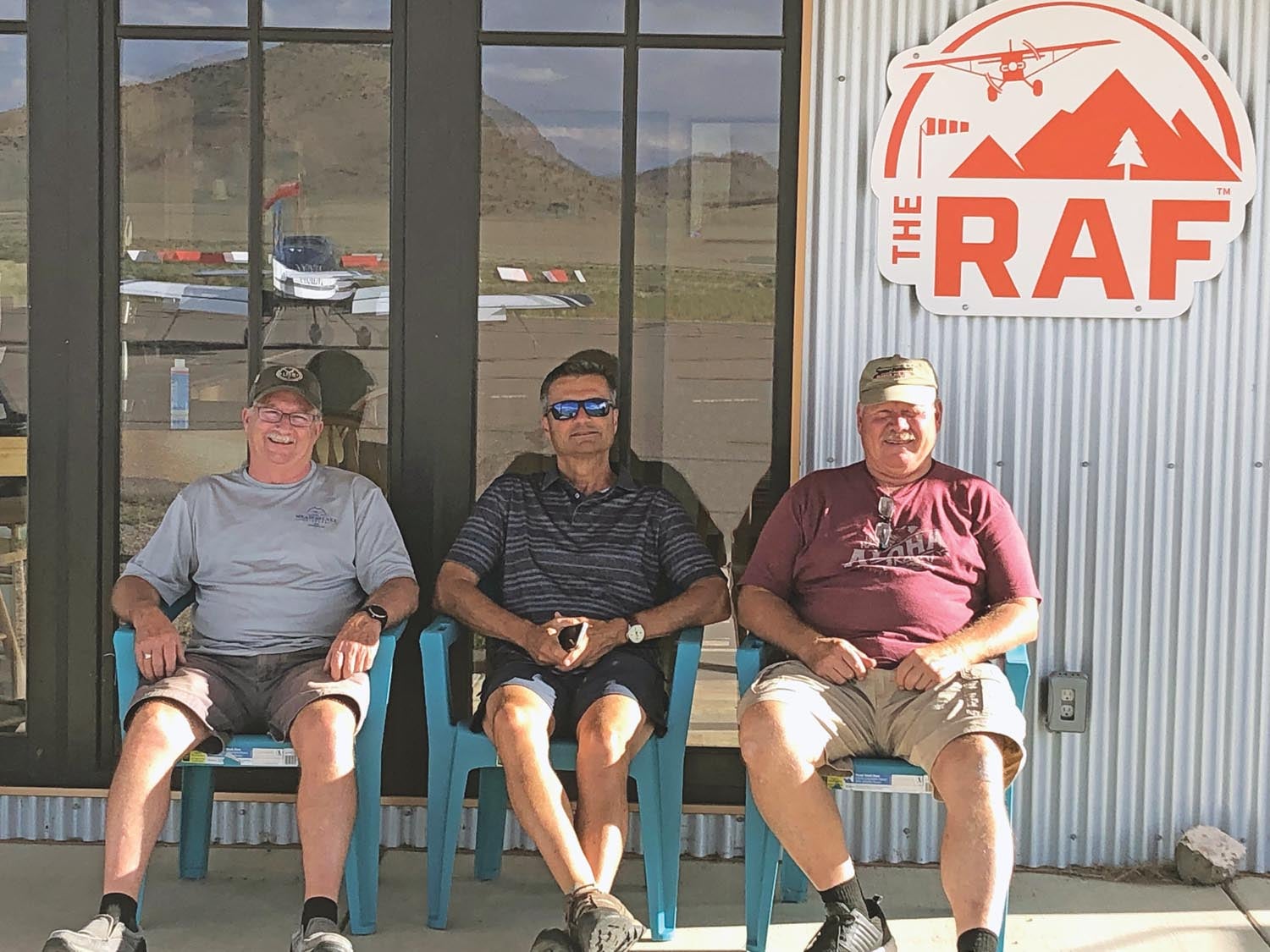
“We were well prepared by our flight leader—Marvin has flown backcountry strips in Idaho for years—and he’d talked to me about what I needed to do on takeoff. But when we were taking off, I just thought, ‘Oh my gosh!’ Even with Rosie leaned, it took a lot longer to get off the runway. Then I noticed the lack of climb rate, and it was an eye-opener that she was so underperforming compared to what she was at lower elevations,” described Juliette. “I was glad he’d prepared me, but until you experience the sluggishness, you don’t really understand. I nosed her down a little bit to let her build up speed and she flew on out—and that was in the cool morning air!”
The pilots all received their official certificate for landing at Leadville, after which they headed eastbound. “Marvin had also advised us to fly as close as possible to the right-hand side of a canyon, so if something happens, you have enough room to turn around. I appreciated some hand-holding for that kind of mountain flying,” said Juliette. “It was a good opportunity to learn. We’d flown around Tennessee, the Catskills and Adirondacks—but they don’t compare to the Rockies!”
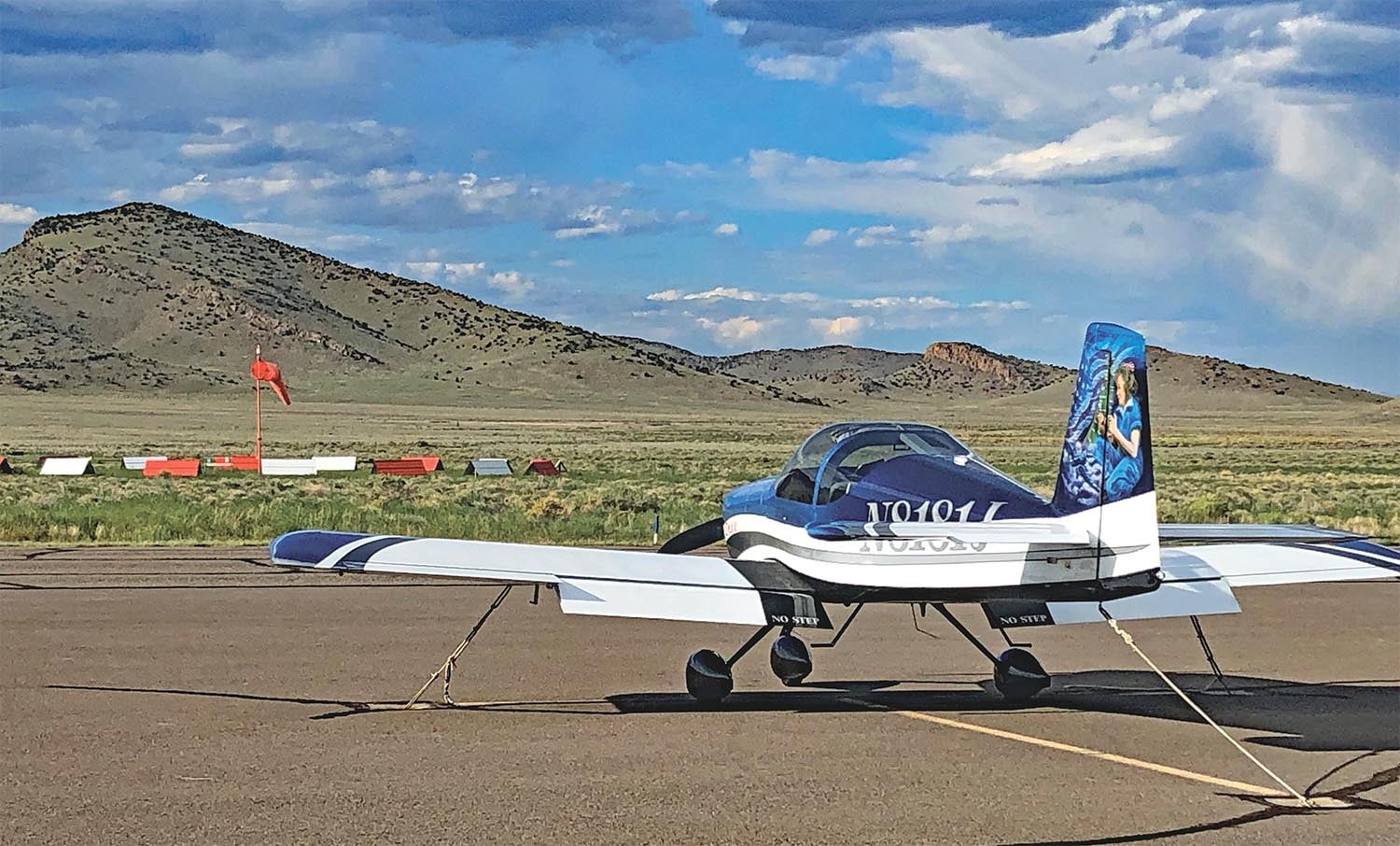
Bahamas
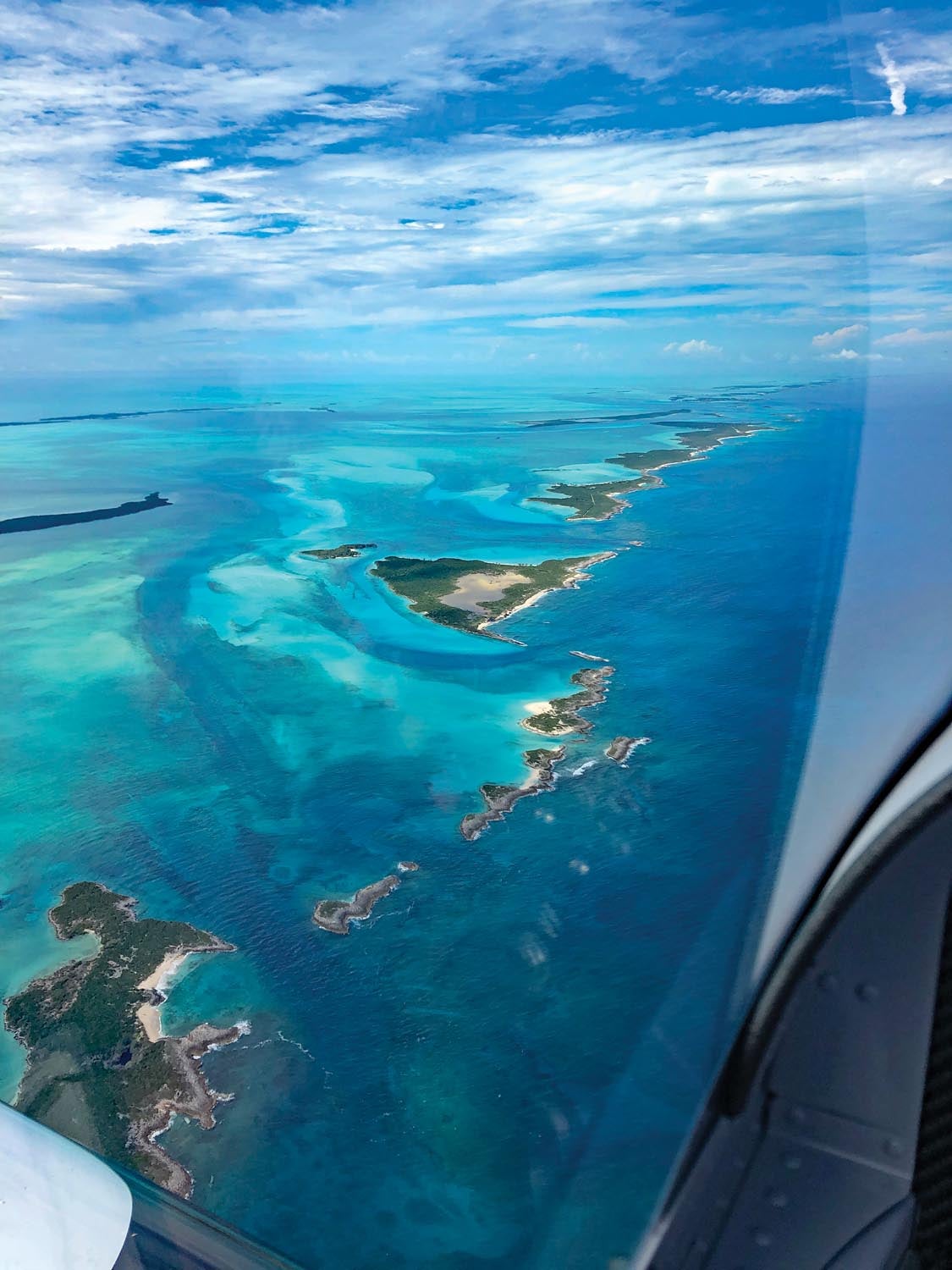
Since Hawaii wasn’t going to be one of the Lower 48, the Coshes decided that the Bahamas would make a pleasant substitute. Off they went in November 2022, heading to Fort Pierce, Florida, and then over to North Eleuthera Airport (MYEH). They took a ferry over to Spanish Wells, a commercial fishing island, and reveled in the serenity of the place. “You can walk the beach all day long and if you see footprints, they’re yours. We went out on a charter boat and went fishing and snorkeling and saw dolphins that swam up to the boat,” said Roger.
Juliette reflected that it “reminded me of my childhood in Australia; we had a beach house on the east coast of Australia and spent every weekend there.”
Meeting the WW-II Rosies
Perhaps the Coshes’ most sentimental journey to date was flying Rosie from the East Coast to the West Coast in May 2023 to meet WW-II Rosies in person. That idea came about when Roger stumbled onto a website for the Rosie the Riveter WW-II Home Front National Historical Park in Richmond, California. Juliette was immediately inspired and contacted park officials to share photos of her RV-14A and to coordinate a meeting with the Rosies.
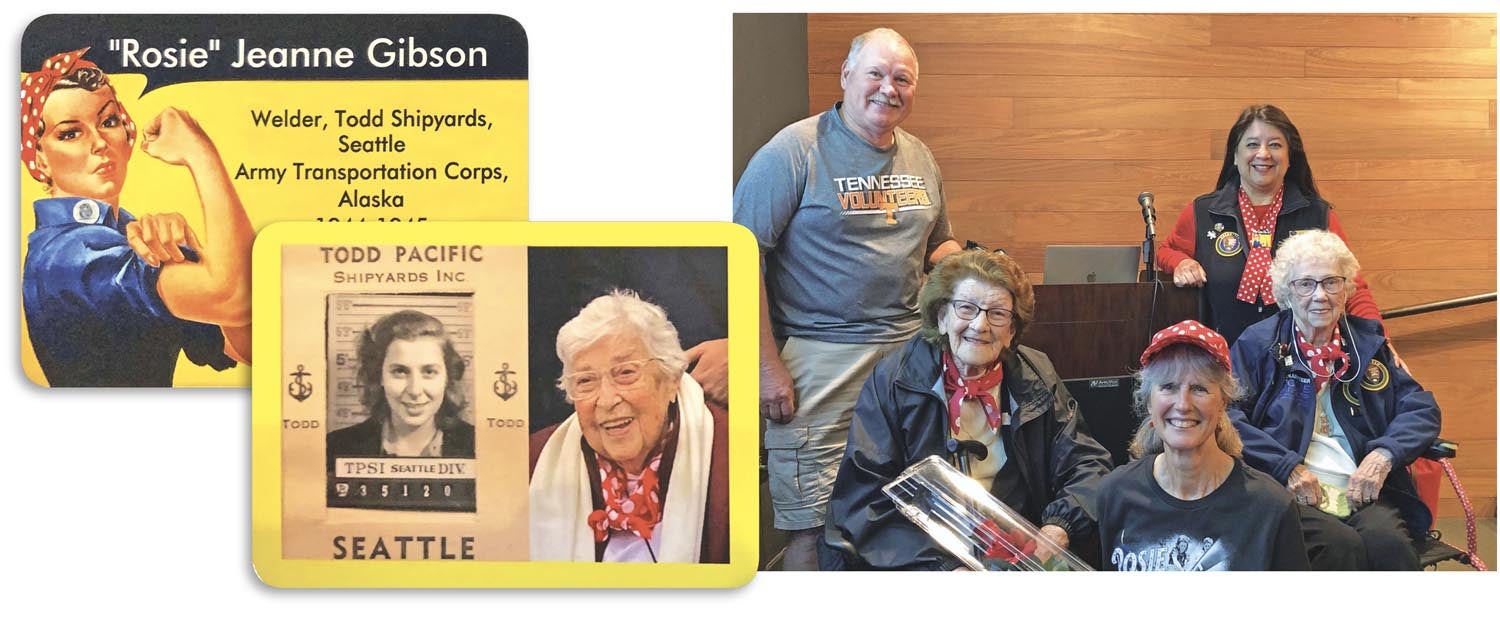
Prior to the flight, Juliette decided she’d like to present a silk rose bouquet to the Rosies as a tangible way to express her gratitude for their work during WW-II. She enlisted the assistance of a florist to create an arrangement of silk roses, complete with silk rosebuds and real rivets (representing the Rosies’ female and male offspring). And then her idea blossomed further, into another symbolic bouquet. “We carried two different bouquets with us—one for the Rosies and one for our moms who lived through WW-II. Roger’s mother kept a small dairy farm running while his father was in the Navy,” explained Juliette. “My mother was living in the Czech Republic and was running to a bomb shelter every time the sirens went off.” (Another historical note is that after WW-II, when Russians were entering Czechoslovakia, Juliette’s parents escaped during the night to a refugee camp, carrying only knapsacks with them. They eventually made their way to Australia, where Juliette and her brother were born, and later moved to America.)
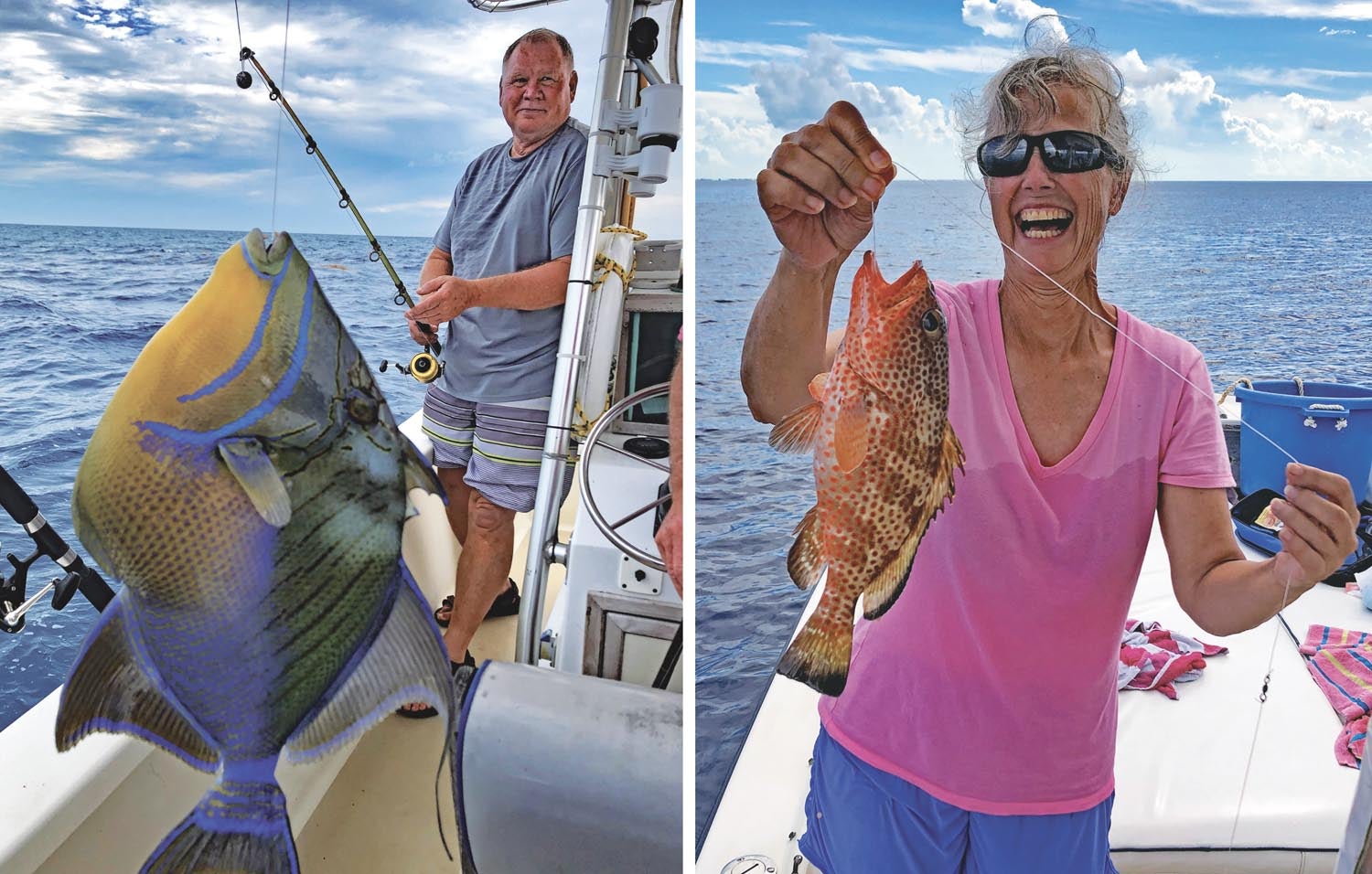
Juliette and Roger started their journey by flying to Myrtle Beach, South Carolina, where Juliette waded barefoot into the surf, cradling the Rosies’ bouquet. Their flight westbound was uneventful until five minutes prior to their planned landing in Odessa, Texas. “We’d been flying about 4 hours, when all of a sudden there was a flashing light indicating an alternator problem. We had Aircraft Spruce overnight an alternator to us at Odessa and the FBO let us park in the hangar. It was a great working spot because we could spread everything out,” said Juliette. “As soon as the alternator arrived, we had such a flurry of activity that it reminded me of working a pit stop when Roger used to race motorcycles!”
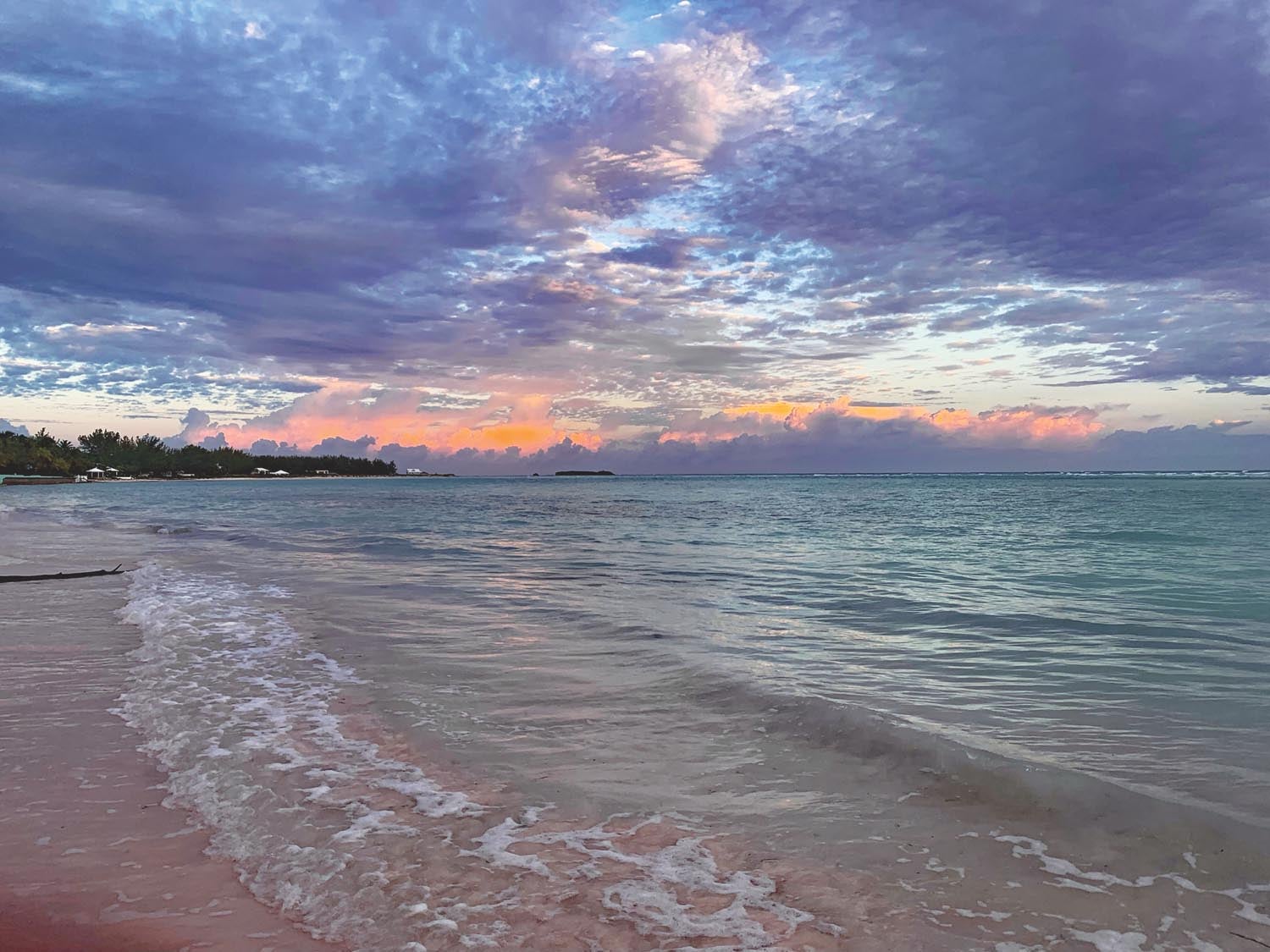
Just an hour and a half later, Rosie was airborne and heading to New Mexico in the heat of the day. Due to the turbulence from thermal activity, it was a rather unpleasant flight. They landed after 2.2 hours, got some lunch and relaxed in a hotel. “So here’s the carrot dangling: We were behind schedule, but there’s still a chance we could make our planned meeting with the Rosies on Friday,” said Juliette. “The weather was good, so it just meant that we would need to fly between 6 and 7 hours to get there. We arrived in Concord, California, early Thursday afternoon, after 6.3 hours of flying. We had time to get the rental car and drive to the beach, where I waded into the Pacific ocean, completing the journey of carrying the Rosie’s silk bouquet ‘from sea to shining sea!’”
The next morning, Juliette and Roger met with four of the WW-II Rosies during a private meet and greet. Juliette presented the silk rose bouquet to them and was bubbling over with questions to ask them. But as it turned out, they were all just as eager to learn about the Coshes’ flight across the country.
“Interestingly, all the ‘Rosie the Riveters’ we met had worked in the shipyards, building ships,” shared Juliette. “However, one of them who was a welder, Jeanne Gibson, got her pilot’s license after the war. She’s 98 and we’ve kept in touch ever since—either by phone or by text. None of this would have happened without our airplane. Rosie has changed our lives because of the places we’ve been able to go with her, and most especially, the people we’ve met along the way.”
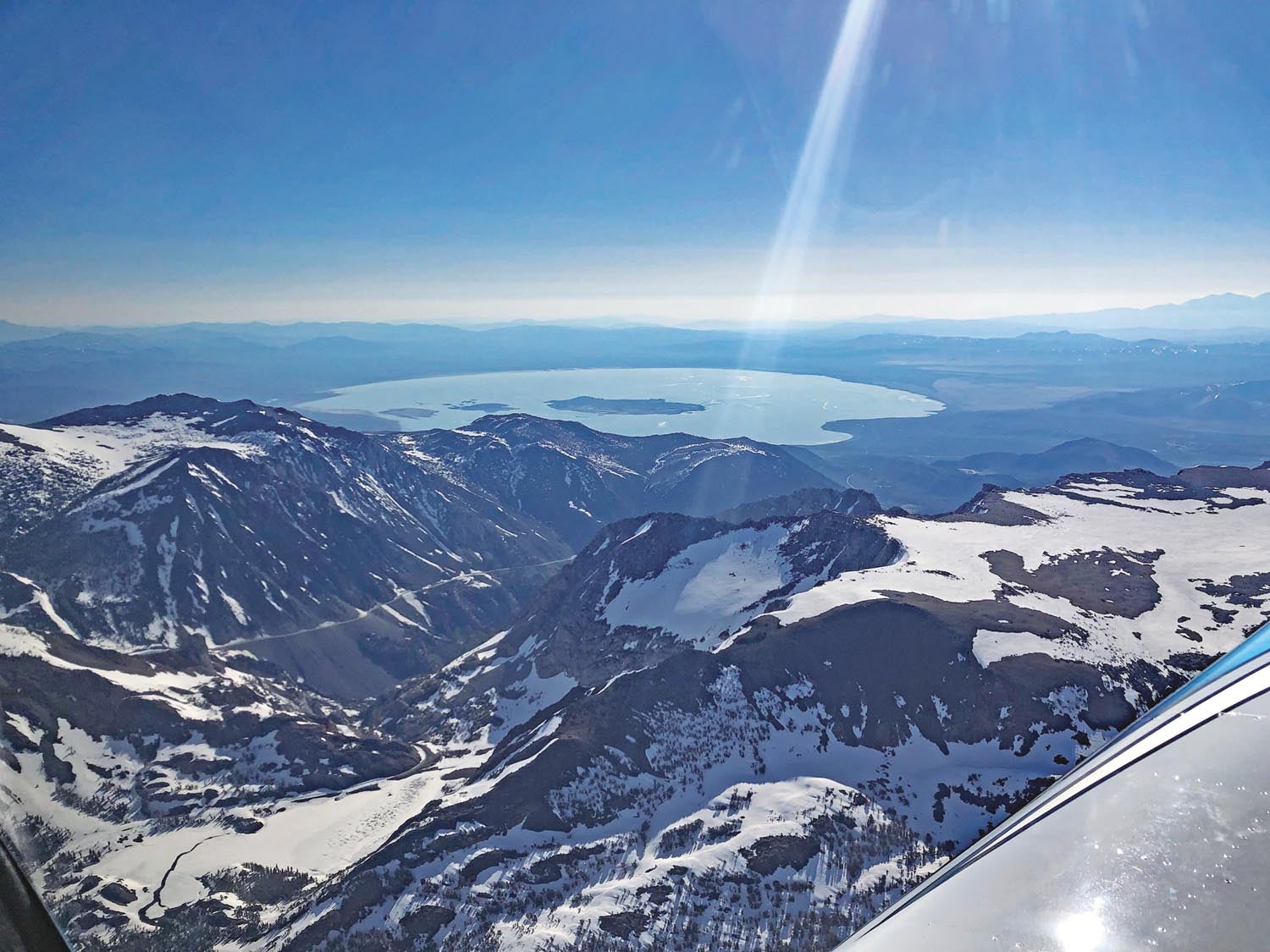
Regarding that alternator problem, Roger explained, “We learned after the fact that the alternator was damaged from overheating. Apparently that’s been a problem with the RV in particular because the cowling is so tight. Since then we’ve built a little blast tube that goes right to the alternator to cool it. PlanePower, which now is Hartzell, was very helpful and they rebuilt our alternator at no charge.”
Salt Lake City
Utah rose to the top of the Coshes’ list as a destination in August 2023 because it was a good opportunity for Juliette to reunite with girlfriends in Salt Lake City. Back in 1974, the girls had been exchange students on the Mediterranean island of Cyprus. “Unbeknownst to any of us at the time, there was conflict brewing between the Turks and the Greeks on the island. A coup occurred two weeks into our stay, and there was a military presence with tanks and gunfire,” recounted Juliette. “We were evacuated by United Nations troops and were airlifted to the U.S.S. Coronado in the Mediterranean, which took us to Beirut, Lebanon. We were placed with Lebanese families and have kept in touch over the years.”
Flying a northern route to Salt Lake City, they landed in Aberdeen, South Dakota, and though they’d planned to visit Custer, the weather there was bad. So they flew to Rapid City, which had IFR approaches. When they departed the next day, it was still IFR. “We went IFR out to Salt Lake City. Unfortunately, the extent of IFR was a 20-mile strip right over Mount Rushmore and Custer. It was socked in solid, and we literally got just past it, and we could see Crazy Horse! So then at least I felt like we didn’t miss out on seeing everything,” said Juliette.

Spacious Skies
Juliette and Roger, who have been married 47 years, shared their individual perspectives about their flying adventures through the spacious skies.
“I like seeing the different topography and how varied the country is. You can read or hear about how different mountain ranges and plateaus look, but when you fly over them, you get to really see what those formations are like,” said Roger. “And when we flew across Texas, we saw what must have been 20-acre fields of mirror-like solar-energy panels. I bet hundreds of people drive by those every day but never get to see them from the air. Flying gives you a perspective of the country you live in that most people never have.”
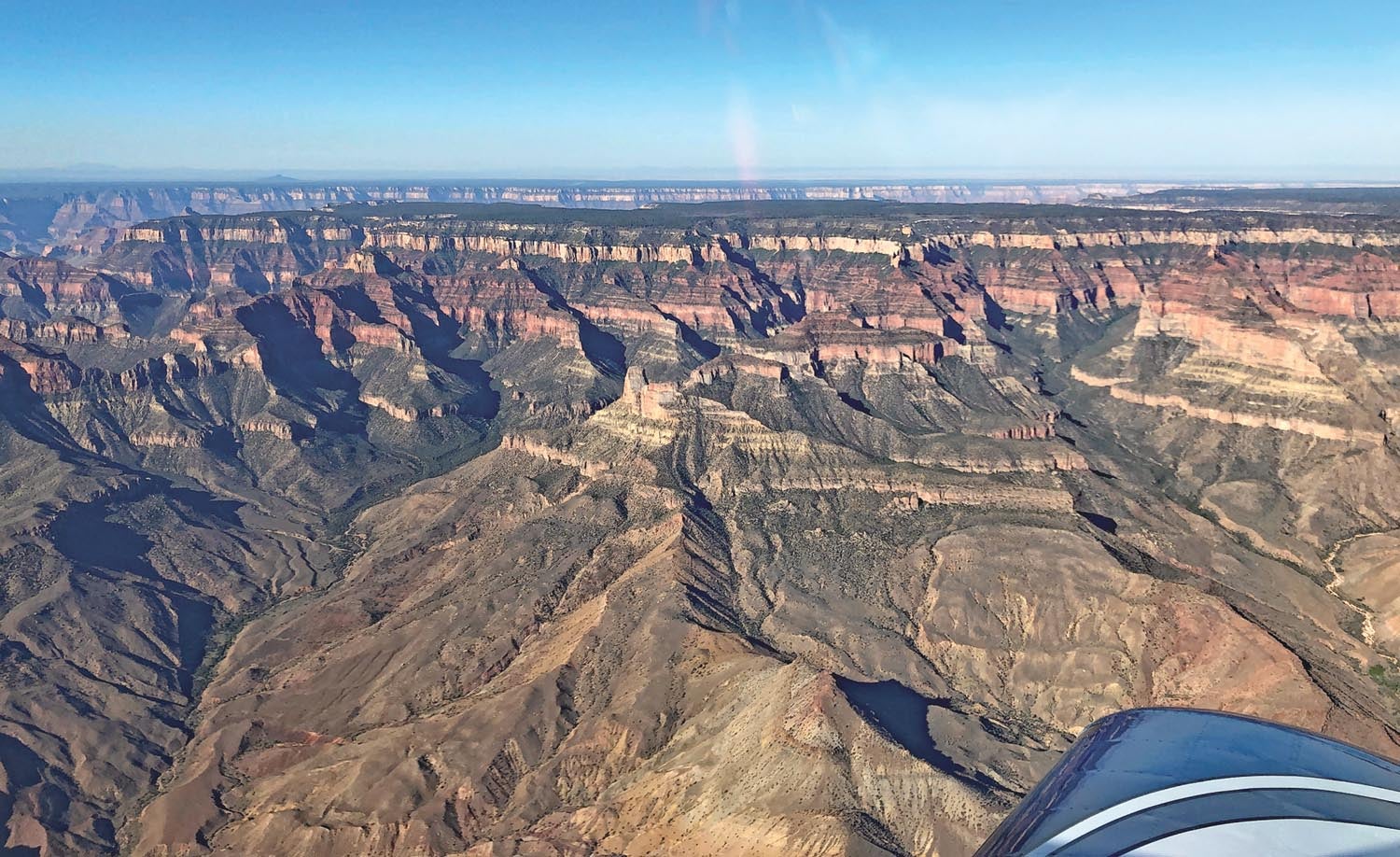
Juliette reflected, “For me, it’s the memories we create together—that’s the part that is special. Flying coast to coast put me in awe of the freedom that we have as aviators to travel this country. We have the freedom to build our own airplanes and then fly them, and we have the opportunity to appreciate the beauty that is in different forms in all of this country, such as the Grand Canyon and the Plains. Being able to see it all from above just brings it alive in a way nothing else can!”
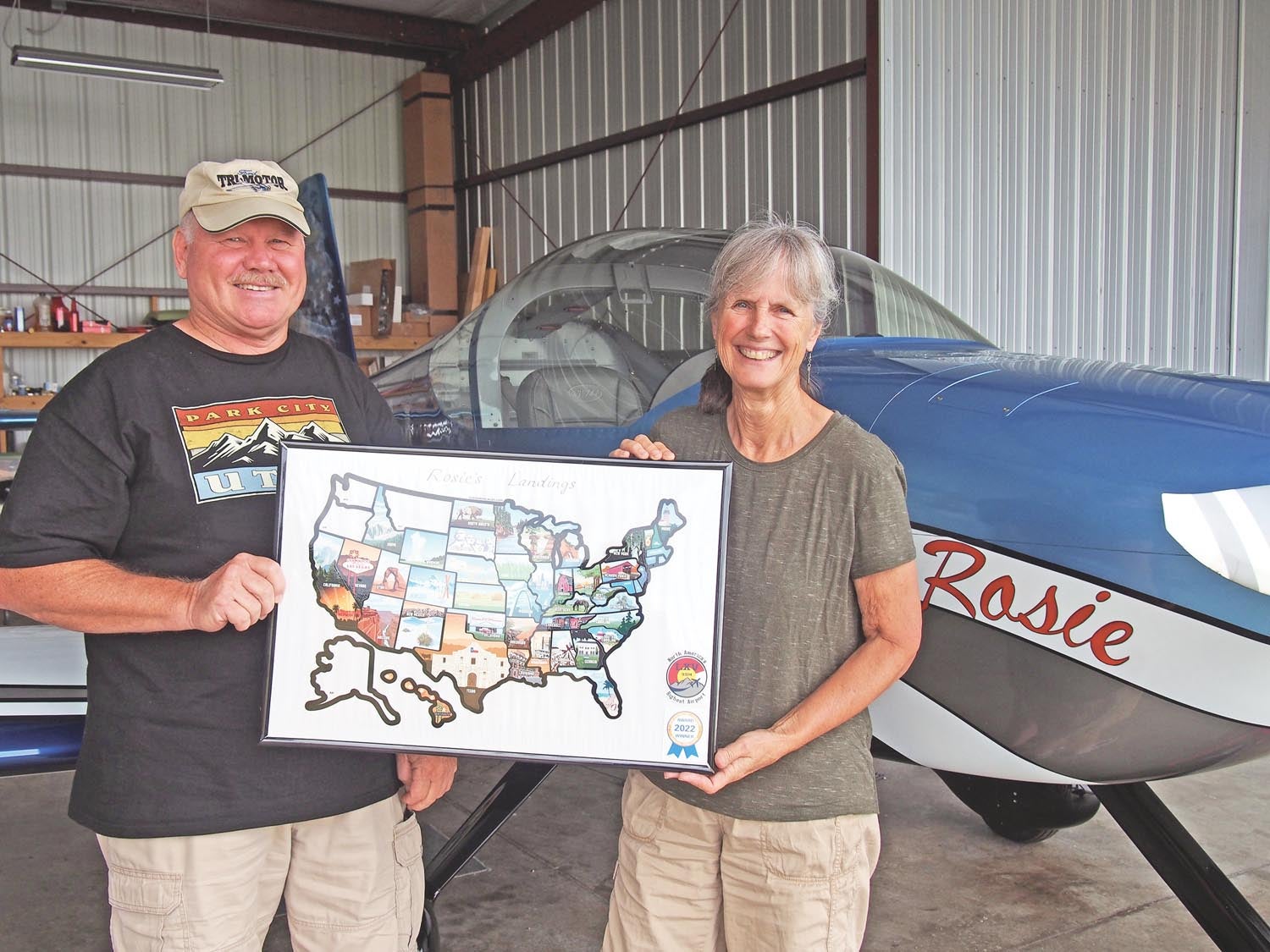
Photos: Sparky Barnes, Juliette Cosh and Roger Cosh. Illustration: Shutterstock.



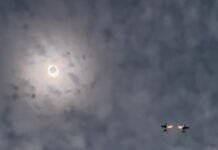






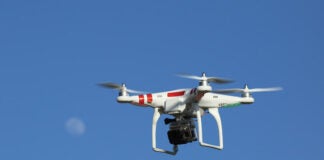



Great partnership, lovely way to see the country!
Thanks for this.